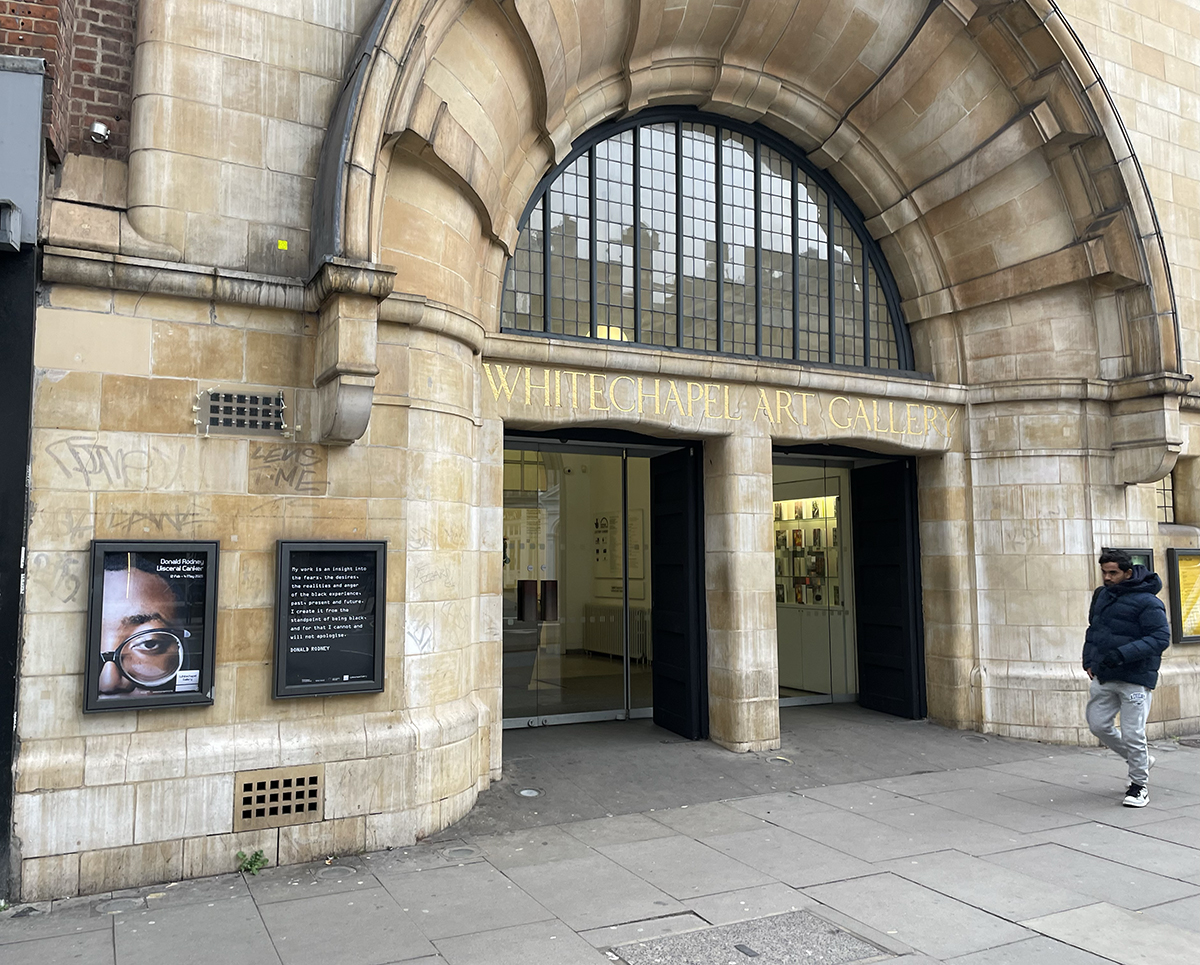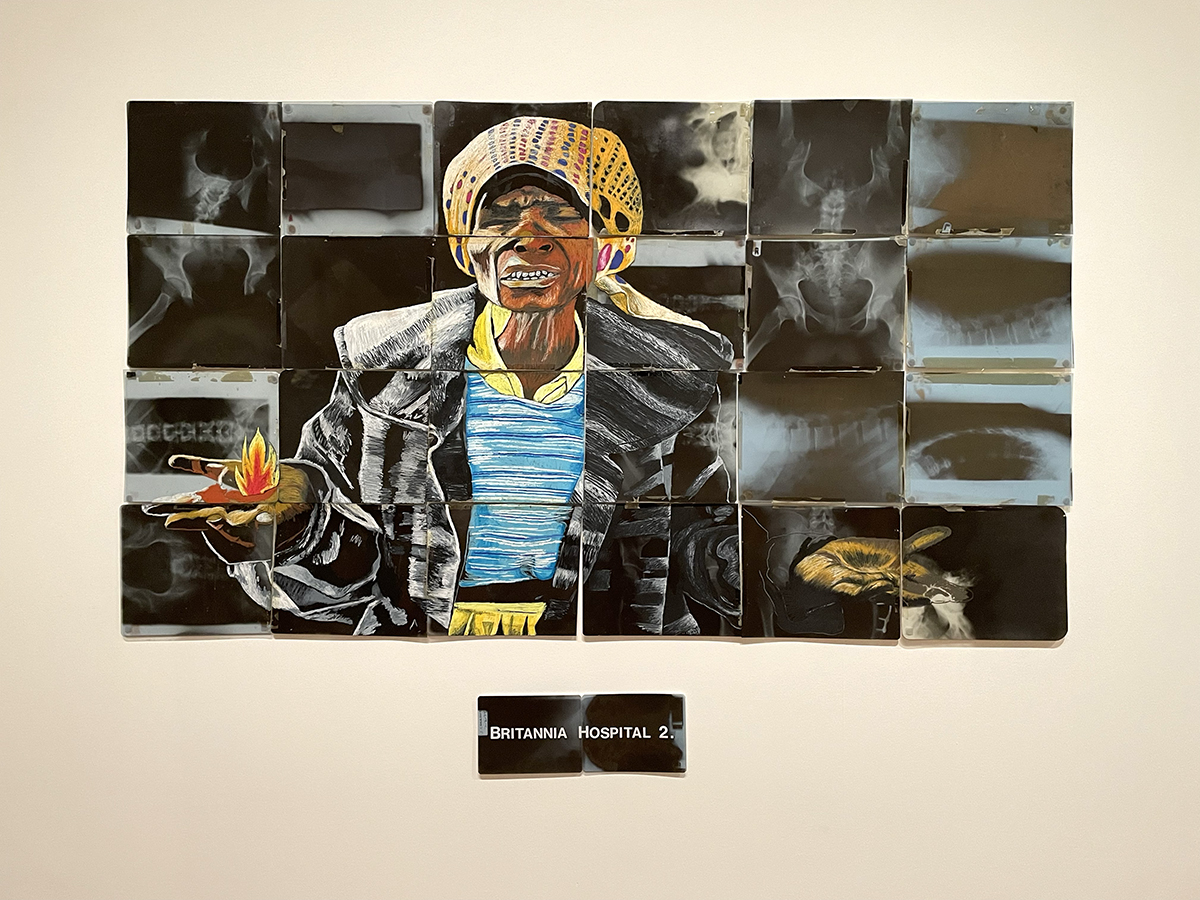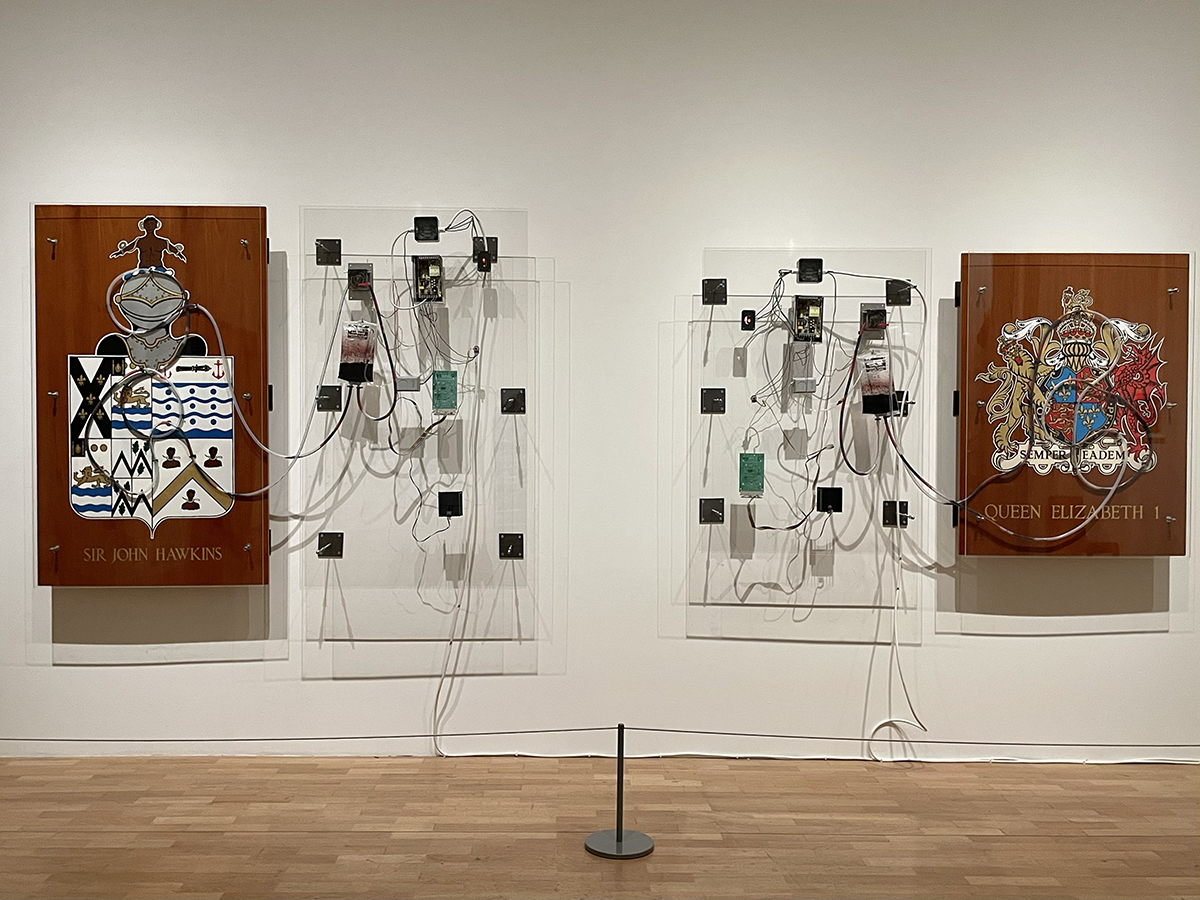DONALD RODNEY: VISCERAL CANKER
Donald Rodney’s solo exhibition Visceral Canker is currently on view at Whitechapel Gallery in London from 12 February to 4 May 2025. Rodney was born in 1961 to Jamaican parents and grew up in Birmingham as a second-generation immigrant.
In the 1980s, he became a pivotal member of the BLK Art group. The group was known for resisting racial prejudice and empowering the Black community during a period of heightened racial discrimination under Thatcher’s government. At a time when international recognition of Black art is growing, thanks to the prominence of artists such as Sonia Boyce and Lubaina Himid, the significance of this large-scale survey exhibition cannot be overstated. It brings together nearly all of his surviving works by Rodney, who passed away in 1998 at the age of 36 from sickle cell anaemia — a genetic disorder common among African and Caribbean communities. While other living Black artists from the BLK Art group have been showcasing their new artworks, opportunities to see Rodney’s artwork have been rare. This posthumous exhibition therefore provides a unique and invaluable opportunity for visitors to discover Rodney’s artistic legacy.

The exterior of Whitechapel gallery
The unusual exhibition title, ‘Visceral Canker’, can be put more simply as ‘a disease felt deeply within the body’. What is noteworthy here is that Rodney’s use of the word ‘disease’ can be interpreted as having two meanings: one referring to the illness that ravaged his body, and the other to the disease of racism that plagued British society. This sentiment is reflected in Rodney’s work, which is dedicated to exploring the two inseparable sicknesses — the genetic disorder of sickle cell anaemia and the social oppression of the Black community.

Donald Rodney, Britannia Hospital 2, 1988, Sheffield Museums
Take, for instance, Britannia Hospital 2 — one of his representative early series — in which he depicted the anguish of racism utilising oil pastels on a patchwork of discarded X-rays. Here, the ability of the X-ray to reveal what lies beneath the surface becomes a powerful metaphor for both the invisible, internal pain of discrimination and racial prejudice, as well as Rodney’s physical suffering — his deteriorating bones required him to undergo repeated X-ray procedures.
Focusing on the medium, it is worth noting that oil pastels struggle to adhere to the smooth surface of X-ray films due to their high oil content, and are prone to flaking off. This inherent fragility of medium suggests that Rodney may not have intended the series to be preserved long-term. Instead, he might have envisioned these works as ephemeral things, destined to decay alongside his body.

Donald Rodney, Visceral Canker, 1990, Tate
The artwork Visceral Canker, which inspired the exhibition title, delves into the history of state-sanctioned violence against Black bodies. This is a kinetic art where fake blood circulates through tubes, with the coat of arms of Elizabeth I placed side by side with that of John Hawkins, one of the first Englishmen to transport enslaved people. The circulating blood conveys both Rodney’s genetic connection to his enslaved ancestors and the memory of the bloodshed caused by the inhumane atrocities of the slave trade.
Initially, Rodney intended to use his own blood for this work. However, because sickle cell disease predominantly affects people of certain racial backgrounds, his blood was viewed through the same lens of prejudice that surrounded HIV/AIDS at the time Rodney was working in the late 80s and early 90s. As a result, he was forced to use fake blood instead. This decision unintentionally broadened the work’s social comment, exposing not only the legacy of imperialism but also the persistent racial biases that permeate contemporary medical settings.
Read more ...





